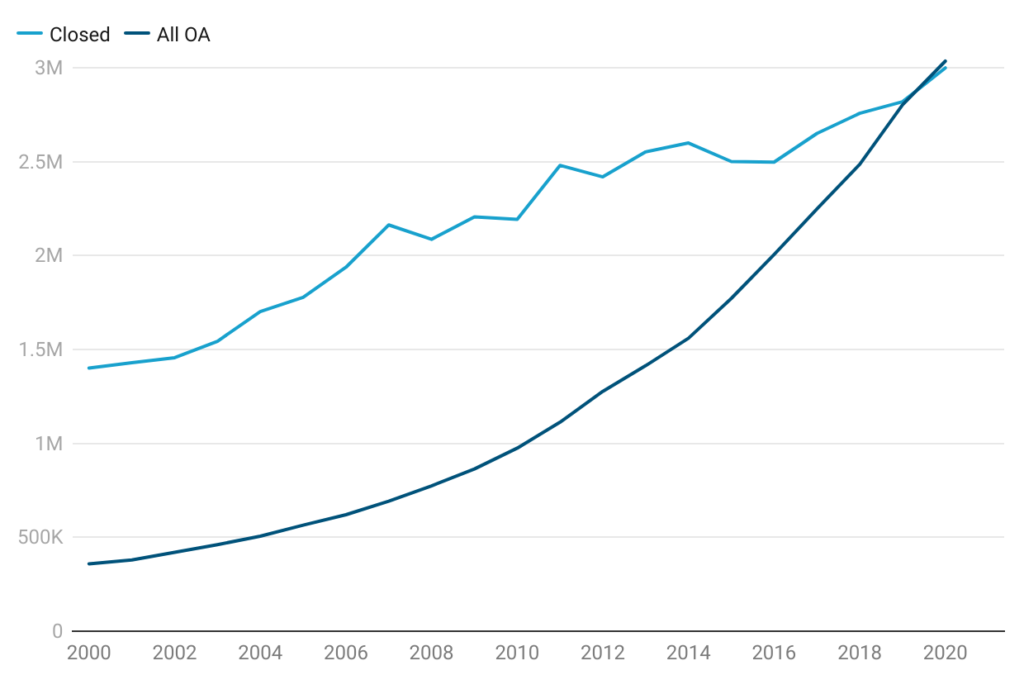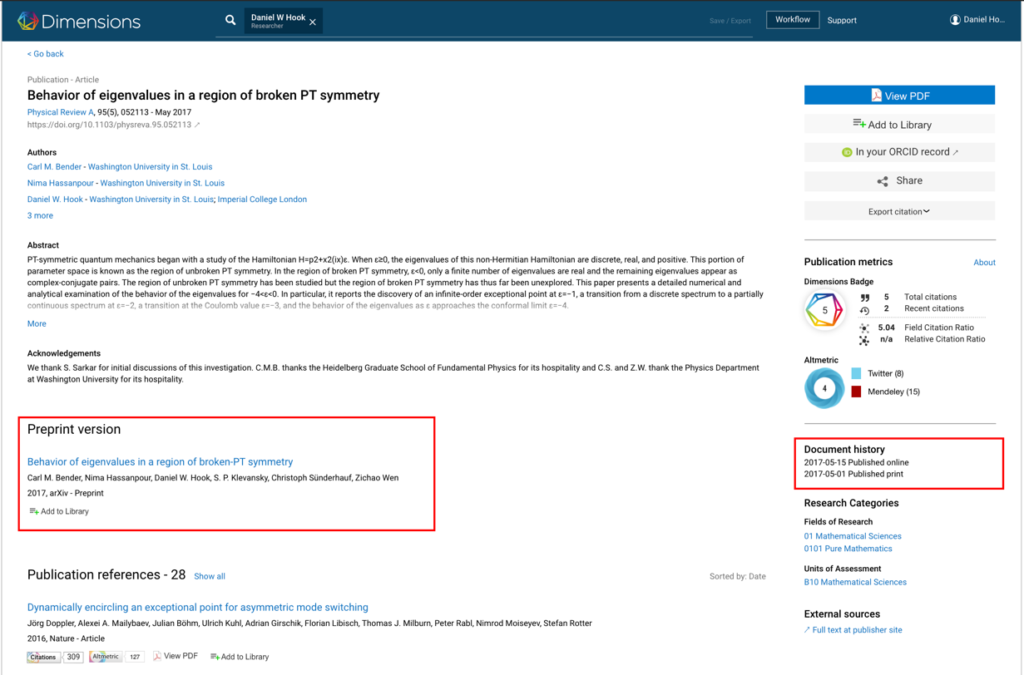Open Research is a theme that I find myself coming back to again and again. I’ve been tracking trends in Open Access and Open Data and their evolution into a more fully formed approach to Open Research for more than 15 years now and, as such, I’m a relative newcomer! Over that time, I’ve seen Open Research become more clearly articulated and more integrated not just into the core sciences but into research as a whole.
I submit that the emergence of Open Research has been the result of two large scale changes: Firstly, the fundamental change in relationship between research and data (as data has become more available and voluminous, the way research is carried out, analysis is performed and results are communicated has had to change); and, secondly, a shift in how transparent and accountable public and private institutions are expected to be. Yet in spite of these macro-level forces, change has been difficult and the path to an open research ecosystem has taken more than two decades.
In a report that I wrote with Mark Hahnel and Ian Calvert in 2019, we looked at how Open Access had developed based on data from and analysis of Dimensions. One clear message that we hoped to convey was that cultural change not only takes time but requires sustained waves of initiatives to keep things moving. In areas of the world where there had not been a sustained push toward Open Access, progress has not been as quick as in those who had continued to come up with innovative approaches to progressing change.
The Dimensions dataset was incredibly helpful in telling those stories: It brings together publication, citation, funding, Altmetric and Open Access data in one place. This rich interlinking of data gives a unique perspective and ability to tell stories with data. Telling those stories and enhancing evaluation and tracking capabilities across the research ecosystem is critical in supporting the forward motion of Open Access.
In the vein of keeping things moving, the Dimensions team has introduced many new features over the last few years. Most recently, they have updated the Open Access classifications in Dimensions and introduced some additional fields that some of you may find helpful.
The Open Access data in Dimensions is sourced from our colleagues at Unpaywall. When we first launched Dimensions, Unpaywall was almost as new as we were, but in the meanwhile, both Unpaywall and Dimensions have moved on. The new release of Dimensions now tracks the Unpaywall OA classifications. This means that the filters in Dimensions should be more consistent and easier to understand – we now have: Green, Bronze, Gold, Hybrid, All OA and Closed. Of course, all the Open Access filters are available in the free version of Dimensions as well.
While we have seen the percentage of OA increasing rapidly in recent years, especially in countries like China, Germany and the UK, it was not until 2020 that more outputs were published through Open Access channels than traditional subscription channels globally.

While Bronze and Green OA make up a significant proportion of All OA, the majority of the growth in OA is fuelled by the Gold OA.
Eagle-eyed regular users of Dimensions will have spotted several important developments designed to support Open Research and specifically Open Access and Open Data. In my previous blog post, I talked about increased coverage of Open Data in Dimensions. Coupled with the coverage of preprints, supporting and supplementary data, and the interlinking of these sources with published articles, Dimensions gives you the fullest picture of the provenance and evolution of a research article’s journey. A practical concern is compliance with Open Access mandates. In some countries and for some funders, this requires knowledge of when an article appeared in the public domain in relation to the date that it was accepted for publication following peer review. This publication date may either be the appearance date on a preprint server, like arXiv.org, or as an Open Access copy on a publisher’s website. So, date of acceptance, date of publication and dates associated with preprints can be important.
For publications where this date information is available it is now listed under the Document History section of the article record. Together with the linked, preprint version, you have the most complete history of an article in one place.

If you’re interested in even more date-related analysis, you might find this recent paper, where we look at submission, acceptance and publication times during COVID-19 to be of interest.
Want to see more content like this? Sign up for news and updates from Dimensions
